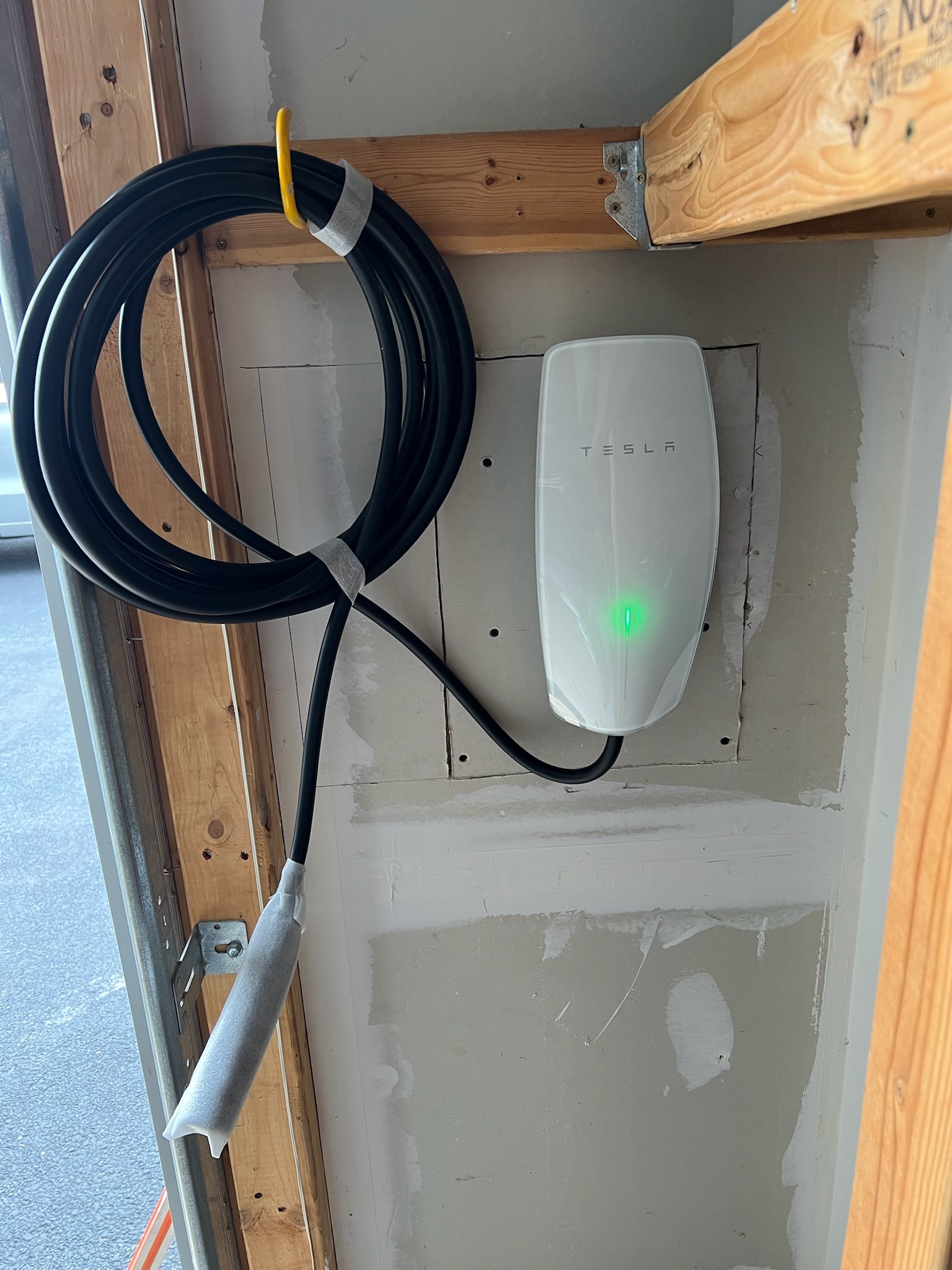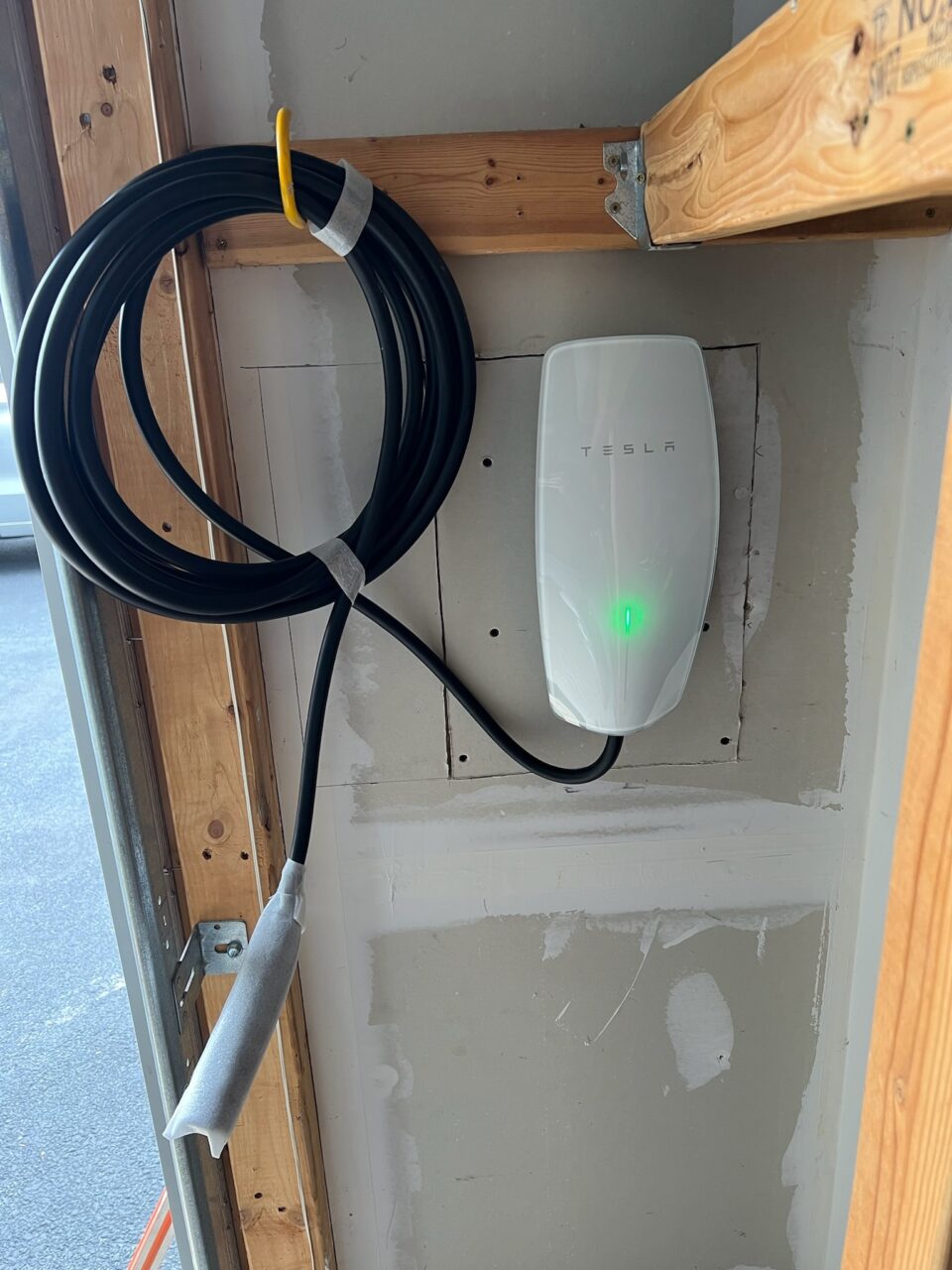
Protecting your loved ones starts with ensuring your home has reliable smoke and carbon monoxide detectors. These essential devices serve as early warning systems, alerting you to potential hazards such as fires and carbon monoxide leaks, even while you sleep. By promptly detecting smoke or high levels of carbon monoxide, detectors provide valuable time for evacuation and can help prevent tragic outcomes.
Investing in quality smoke and carbon monoxide detectors is a proactive step toward safeguarding your family’s safety and well-being. With technological advancements, many detectors offer additional features such as voice alerts, wireless connectivity, and long-lasting battery life, enhancing their effectiveness and ease of use.
How often should smoke and carbon monoxide detectors be tested?
Smoke and carbon monoxide detectors should be tested at least once a month to ensure they function correctly and provide reliable protection for your home and loved ones. Testing regularly reveals difficulties with the detectors, such as dead batteries or sensor malfunctions, so that they can be addressed promptly.
To test smoke and CO detectors, push the test button and listen to the alarm sound. If the alarm does not sound or is weak, replace the batteries immediately and retest the detector. Additionally, cleaning the detectors regularly is essential to eliminate dust, grime, and debris that could affect operation.
In addition to monthly testing, smoke and replace CO detector batteries annually, even if they appear to be functioning correctly. Some detectors feature long-lasting lithium batteries that may last up to 10 years and do not require regular replacement.
Regular smoke and CO detector testing and maintenance can help you ensure they are ready to provide early warning in the event of a fire or carbon monoxide leak, helping keep your home and family safe.
What are the differences between ionization and photoelectric smoke detectors?
Ionization and photoelectric smoke detectors are two common types of smoke detectors that use different technologies to detect smoke particles:
- Ionization Smoke Detectors:
- Ionization smoke detectors contain a small amount of radioactive material (such as americium-241) that ionizes the air inside the detector.
- When smoke enters the detector, it disrupts ionization, causing a decrease in current flow.
- This change in current flow triggers the alarm, alerting occupants to the presence of smoke.
- Ionization smoke detectors are more responsive to fast-flaming fires, such as those caused by paper or grease.
- Photoelectric Smoke Detectors:
- Photoelectric smoke detectors use a light source (such as an LED) and a light sensor to detect smoke particles.
- When smoke enters the detector, it scatters light onto the sensor, triggering the alarm.
- Photoelectric smoke detectors are more responsive to smoldering fires, such as those caused by overheated wiring or cigarettes.
- They are less likely to trigger false alarms from cooking or steam than ionization detectors.
Ionization smoke detectors detect fast-flaming fires better than photoelectric ones smoldering fires. For comprehensive protection, it’s recommended to use a combination of both types of sensors or dual-sensor smoke detectors with photoelectric and ionization sensors.
Can smoke detectors detect carbon monoxide and vice versa?
No, smoke detectors cannot detect carbon monoxide (CO), and carbon monoxide detectors cannot detect smoke.Specially constructed smoke detectors detect airborne smoke particles may indicate a fire. They typically use either ionization or photoelectric technology to sense smoke particles and trigger an alarm.
However, carbon monoxide detectors detect airborne CO. Incomplete combustion produces colorless, odorless carbon monoxide fuels such as oil, wood, or coal. Carbon monoxide detectors typically use electrochemical or biomimetic sensors to detect CO gas and sound an alarm if elevated levels are detected.
While smoke and carbon monoxide detectors serve different purposes, it’s essential to have both types installed in your home to provide comprehensive protection against fire and carbon monoxide poisoning hazards. Some combination detectors can detect smoke and carbon monoxide, offering convenience and peace of mind in a single device.
Are there any special considerations for installing detectors in different areas of the home?
Yes, there are several special considerations to keep in mind when installing smoke and carbon monoxide detectors in different areas of the home:
- Bedrooms: Smoke detectors must be installed in every bedroom and outside each sleeping area to provide early warning in case of a fire while occupants are asleep. Additionally, consider installing carbon monoxide detectors in or near bedrooms to protect against CO poisoning, especially if fuel-burning appliances are nearby.
- Living Areas: Install smoke detectors in living rooms, family rooms, and dens to cover common areas where fires may occur. Consider placing carbon monoxide detectors near fuel-burning appliances such as furnaces, fireplaces, and gas stoves to monitor CO levels.
- Kitchen: Install smoke detectors in or near the kitchen, but be cautious about placing them too close to cooking appliances, as cooking activities can trigger false alarms. Consider using a heat detector or a combination smoke and heat detector in the kitchen to reduce false alarms while still providing fire detection.
- Basement: Install smoke and carbon monoxide detectors in the basement, especially if it’s a finished living space or contains fuel-burning appliances like furnaces or water heaters. Place detectors near potential sources of CO emissions and at the top of basement stairs to ensure early detection.
- Hallways and Stairwells: Install smoke detectors in hallways and stairwells on every level of the home to provide a pathway for smoke detection and escape during a fire. Consider placing detectors at both ends of long hallways to ensure adequate coverage.
- Garage: Install smoke and carbon monoxide detectors in or near attached garages to monitor for vehicle exhaust fumes and potential fire hazards. If the garage is connected to the home, ensure detectors are interconnected with those inside the house to provide comprehensive protection.
- Ceiling or Wall Mounting: Mount smoke and ceiling or high-up CO detectors the wall, as close to the center of the room as possible. Avoid installing detectors near windows, doors, vents, or other airflow sources that may affect performance.
By carefully considering these factors and strategically placing smoke and CO detectors throughout your home, you can ensure comprehensive coverage and early detection of potential hazards, enhancing the safety of your household.
Secure Your Home: Install Detectors Today!
Take the essential step to safeguard your home and loved ones by installing smoke and carbon monoxide detectors today with The Go-To Crew Electric! Our experienced team is dedicated to ensuring the safety and well-being of your household by providing reliable installation services for these critical devices.
With our expertise and commitment to quality, you can trust that your home will be equipped with the necessary protection against fire and carbon monoxide hazards. Don’t wait until it’s too late—schedule your detector installation with The Go-To Crew Electric and enjoy peace of mind knowing your home is secure.

